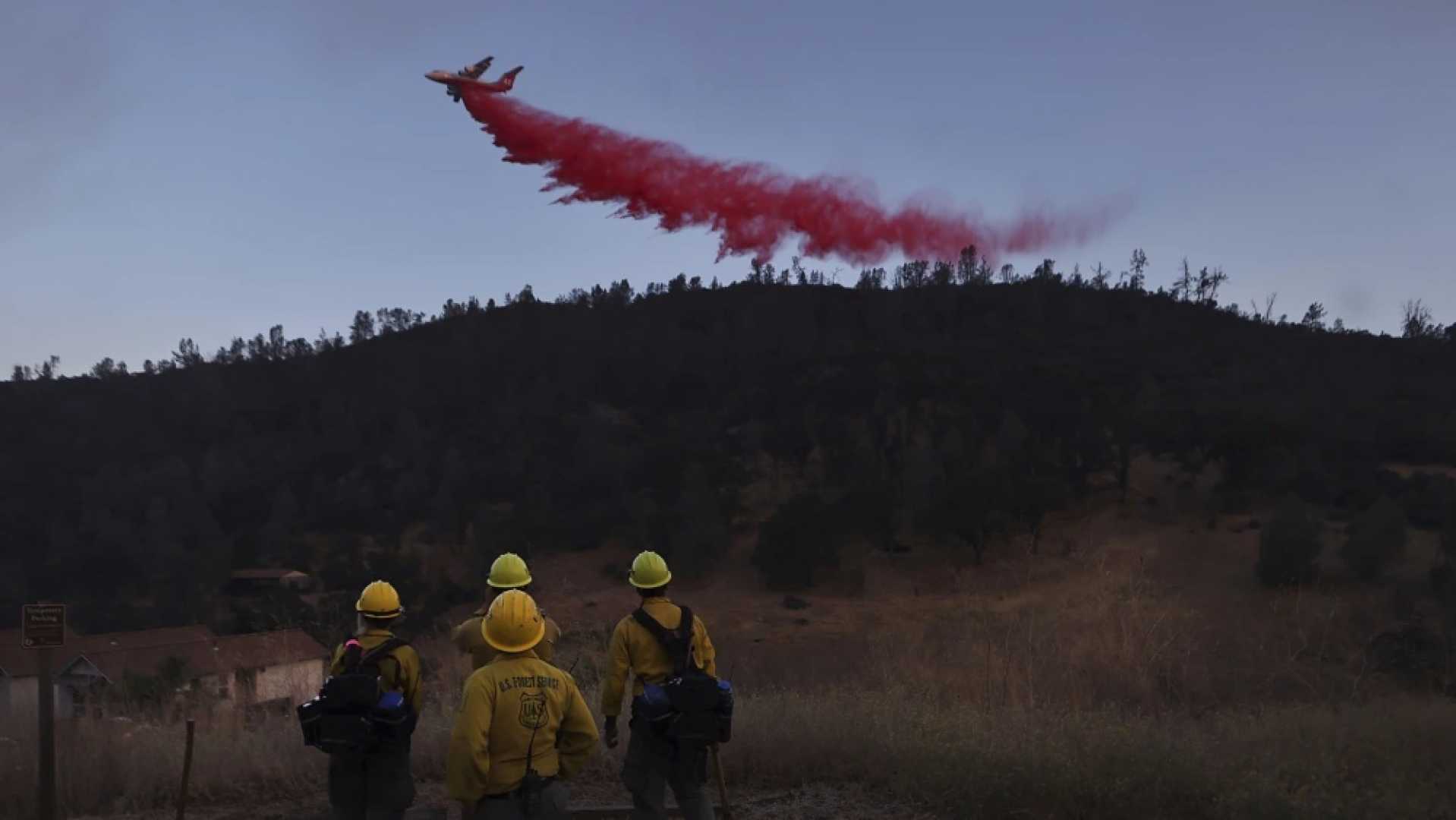News
Trump Orders Consolidation of Federal Wildland Firefighting Programs

WASHINGTON, D.C. — President Donald Trump has ordered a consolidation of the federal government’s wildland firefighting programs, a move that raises concerns as the wildfire season gets underway. The executive order, signed last week, mandates the Interior Department and the Agriculture Department’s U.S. Forest Service to merge their firefighting programs.
The order gives the two agencies 90 days to combine their budgets, resources, and offices, aiming to create a more effective wildfire response system. The White House highlighted the need for better management in fighting wildfires, which are increasingly severe and frequent across the United States. “In too many cases, including in California, a slow and inadequate response to wildfires is a direct result of reckless mismanagement,” Trump stated.
The proposal aligns with a broader initiative to unify federal wildfire programs into a single agency known as the “U.S. Wildland Fire Service.” This new agency would incorporate the Forest Service’s operations, potentially leading to more efficient firefighting efforts. However, the White House’s 2026 budget request did not include additional funding for the merger.
Support from the International Association of Fire Fighters (IAFF) has been noted, with President Edward Kelly calling it a significant advancement toward protecting communities from wildfires. However, skepticism remains among some federal wildland firefighters regarding the efficacy of this consolidation. One anonymous firefighter voiced concerns about increased costs and operational disruptions during a crucial firefighting period.
The Forest Service employs around 10,856 wildland firefighters, while the Interior Department has nearly 6,000. Recent staffing cuts, resulting in thousands of departures, raise alarms about the agencies’ ability to respond effectively this season.
Forest Service Chief Tom Schultz assured lawmakers that while staffing levels are low, preparations are in place for the wildfire season. He emphasized the need for structural changes to align the agency with its budget and operational requirements. Yet, bipartisan lawmakers, including Sen. Patty Murray, expressed fears over the impact of reduced staffing on safety and efficiency.
Schultz acknowledged the challenges that come with staffing reductions but assured officials that efforts would be made to rectify any shortages. “I can’t guarantee there won’t ever be any impacts,” he stated.
The order also emphasizes adopting new technologies for wildfire management and improving partnerships with local agencies. However, critics argue that without addressing climate change and ensuring the retention of skilled workers, such consolidations could lead to chaos in firefighting efforts as the wildfire season intensifies.
The executive order has sparked debate among experts and advocates, with differing views on whether the restructuring will improve inter-agency cooperation or create further setbacks. The agencies are under pressure to ensure plans are effectively implemented as the July firefighting peak approaches.












